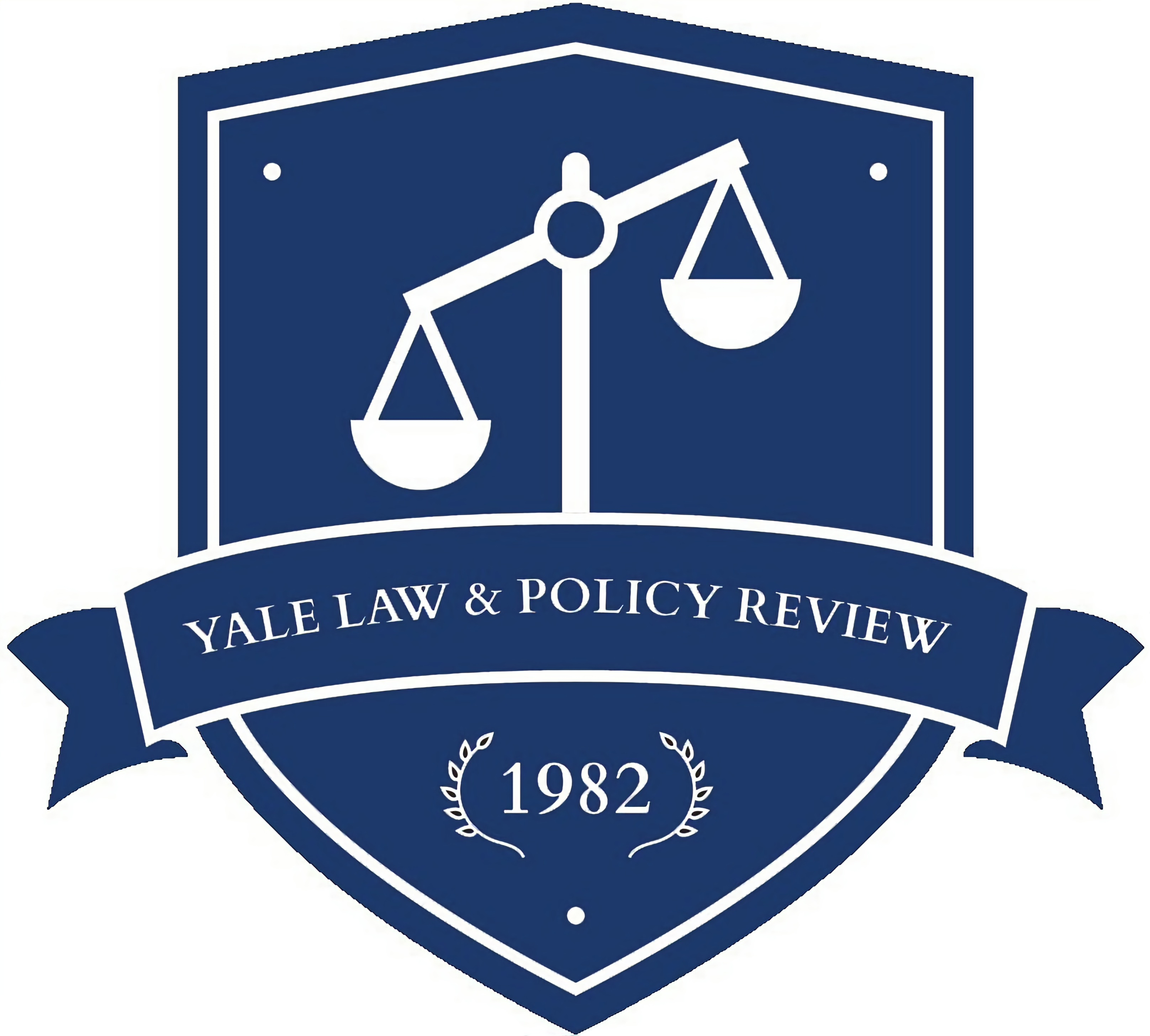Since the American Revolution, mortgage foreclosures have consisted of a public auction of the mortgaged property. Judges and state legislators at the time believed that an auction was the best way to obtain a fair price for the land. Though that belief soon proved to be mistaken, the sale method remains unchanged.
Before the real estate and mortgage markets crashed in 2007, only two significant empirical studies of foreclosure sales existed, and they involved small numbers of foreclosures. Because the crash resulted in millions of home foreclosures, it has provided a rich data source. As a result, economists, social scientists, and others have produced a wealth of empirical studies on foreclosure sales and their effects both before and after the crash. Three lines of research now clearly establish that foreclosure by public auction is seriously flawed. These studies first prove that, in this country, even a voluntary real estate auction normally produces a lower sale price than a private sale. A second line of studies shows that foreclosure usually is harmful not just for the land owner, but also for the lender, neighboring property owners, and the community. The third line of studies proves that property sells for more when, rather than foreclosing after default, a lender allows a private sale of the property. These studies make a very powerful case for foreclosure reform.
Fortunately, an established and effective method for selling foreclosed land already exists—listing it for sale with a real estate agent. Currently, the lender conducts a foreclosure, frequently purchases at the sale, and then lists the property for sale with a real estate agent. This process is time consuming, expensive, and harmful. Initially listing the property for sale with a real estate agent, rather than first auctioning it, eliminates these problems, and the success of the process has been proven. England, Ireland, Wales, and some Canadian provinces use this method very effectively, and it could readily be implemented in the United States.
Curtis Bradbury Kellar Professor of Law and Distinguished University Teaching Professor, University of Minnesota Law School. With many thanks to Andrew Bury, QC, Partner, Gowling WLG, Vancouver, British Columbia; Abraham Costin, Partner, McCarthy Tetrault LLP, Toronto, Ontario; Silvana M. D’Alimonte, Partner, Blake, Cassels & Graydon LLP, Toronto, Ontario; Professor R. Wilson Freyermuth, University of Missouri School of Law; Professor Emeritus Grant S. Nelson, Pepperdine University School of Law; and Professor Emeritus Dale A. Whitman, University of Missouri-Columbia School of Law, for their help with this Article.
